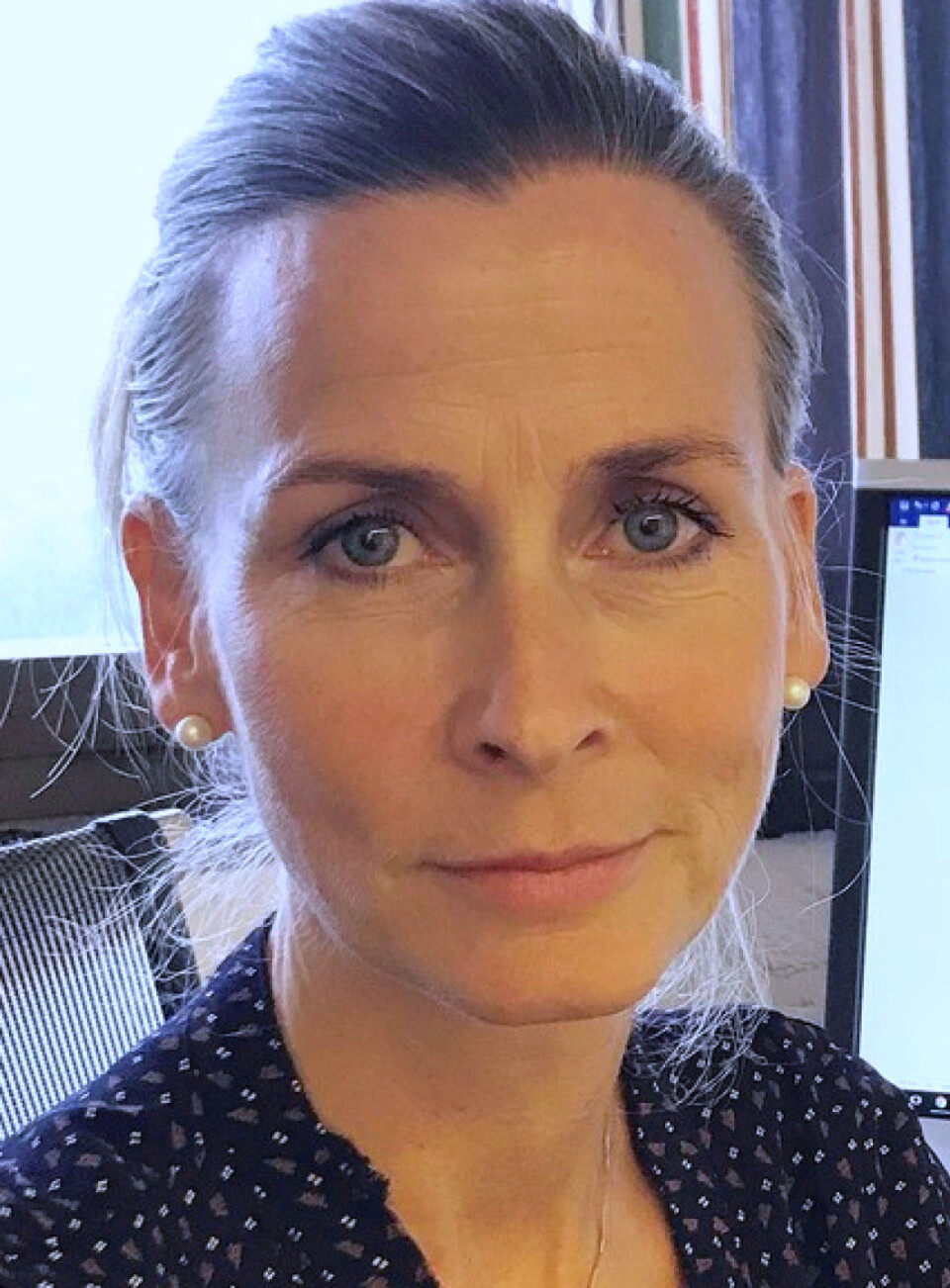An article financed and produced by University of Agder

Regional business sectors need to be more varied
Regions with a varied business sector are better prepared for growth and innovation, concludes a new doctoral thesis from the School of Business and Law at the University of Agder.
Researcher Ann Camilla Schulze-Krogh has looked especially at the effects support and efforts from the public sector have on the development of the business sector in the different parts of the country.
Schulze-Krogh had several years of experience from the public sector, working on industry development projects in Oslo, Akershus and the Agder counties, when she realised that the time was right for an academic deep dive into theory and practice regarding business sector development.
She wanted to look closer at how government measures and contributions from counties and other public sector programmes affect companies and business sector development in different regions.
The researcher has among other things asked: What must be present for developing a region’s business sector, and what role do regional politics play?
"I especially wanted to look at what contributes to adaptation and how the business sector uses the efforts made by the public funding and support agencies," Schulze-Krogh says.
She has been a public sector PhD candidate and funded by the Research Council of Norway and Aust-Agder county council.
The interaction between public sector and business sector
Schulze-Krogh has studied the interaction between public sector support measures and the business sector’s ability to adapt in different parts of the country such as the Agder counties, Hordaland, Rogaland and Finnmark.
She has been especially interested in finding out what contributes to growth and adaptation and how public sector efforts for business sector development are used by businesses and regions.
The public funding and support agencies are measures aimed at helping the business sector in different parts of the country. One example of such a measure is VRI.
The new doctor has looked at how VRI has worked. VRI has been going for several years (2014-2018) and is one of the large government efforts run by the Research Council of Norway.
The aim is supporting innovation in the Norwegian business and work sector based on research and cooperation between the public sector and the business sector.
"VRI has worked well, though it has led to different results in different parts of the country. However, the public funding and support agencies must not support only existing industries, but also contribute to different types of businesses being established and developed in the different regions," the researcher says.
Dependent on the businesses

"Different businesses have different bases. Companies who build their work on analytic knowledge need research-based knowledge, and VRI has been useful for them. Companies based on more symbolic knowledge, such as tourism and experience-based industries, need other supportive measures," she says.
Several companies in Agder supply the petroleum industry with products and services, and VRI has been very useful for them. The same applies to companies within the petroleum industry in Rogaland.
Finnmark is a relatively narrow region with a poorly developed research and development environment. VRI was still useful to companies in Finnmark since they had to exit the region to find research parties to collaborate with.
"This way, they got new knowledge that was helpful for developing their companies," Schulze-Krogh says.
Variety and specialisation
The thesis shows that regions with a one-sided and specialised business sector have a weaker position in times of crisis. For example, Agder and Rogaland have specialised industries that are dominating within their areas. Such parts of the country are vulnerable in times of recession and when the need for adaptation becomes pressing.
"Specialised companies often contribute to progress and innovative product and service development within their fields, but that is not sufficient to create growth and development in their own region. It is especially difficult to change those parts of the country that have a specialised business sector during times of crisis. Regions with a varied business sector are better at adapting," Schulze-Krogh says.
Hordaland is an example of a region with a varied business sector, or strong ability to innovate as the researchers call it. The opposite is a one-sided business sector with a weak ability to innovate.
Cooperation with other industries
"The businesses that early on look towards other industries and sectors are the ones that manage times of crisis the best. The petroleum industry, for example," Schulze-Krogh says.
Looking for cooperation with companies in other industries is something researchers call cross-sectoral ability to innovate.
"Companies with a conscious and cross-sectoral strategy connected to a product, system, service development and recruitment develop a broader market and can depend on several areas. The companies who are the best at cooperating with others are located in regions with a very varied business sector, areas with a strong ability to innovate," she says.
The researcher underlines that municipalities, counties and the funding and support agencies must in the future put even more emphasis on the cross-sectoral mindset.
"When new adaptation policies are created, and new tools are developed to stimulate growth and development, it is completely necessary that you put an emphasis on how different industries can collaborate on development," she says.
Existing and new industries
The researcher is now back in the business sector division of Aust-Agder county council, and now she knows more about where the shoe pinches regarding growth and development. She points out that public sector efforts must be adapted to regional conditions and the business sector of the respective parts of the country.
"If you want growth and development, it is not sufficient to support the existing business sector. The public sector must also be willing to support industries that wish to develop in new and different directions," she says.
She says that the key to growth and development in different regions is better cooperation between researchers, advisers in the public sector and executives in the business sector. The researcher believes that it is the public sector that needs to make the biggest effort.
Public sector must change
"However, it is the public sector that must change the most for policies and supportive measures to be adapted to existing and future companies. It is the advisers and the politicians in the counties and municipalities that must gain knowledge on how to motive top executives in the business sector to change and adapt," Schulze-Krogh says.
She points to the region reform and the changing of the municipality structure and of the tasks for municipalities as important contributions for the public sector efforts aimed at the business sector being even more focused.
"The region reform will lead to better cooperation in larger areas. It provides better opportunities for developing a more versatile business sector structure in more regions. That will make it easier for us to adapt public sector support projects to existing industries and new business sector development," Schulze-Krogh says.
Ann Camilla Schulze-Krogh, Regional Industrial Development, The role of firms and regional policy learning, Thesis at the School of Business and Law at the University of Agder, 2018































